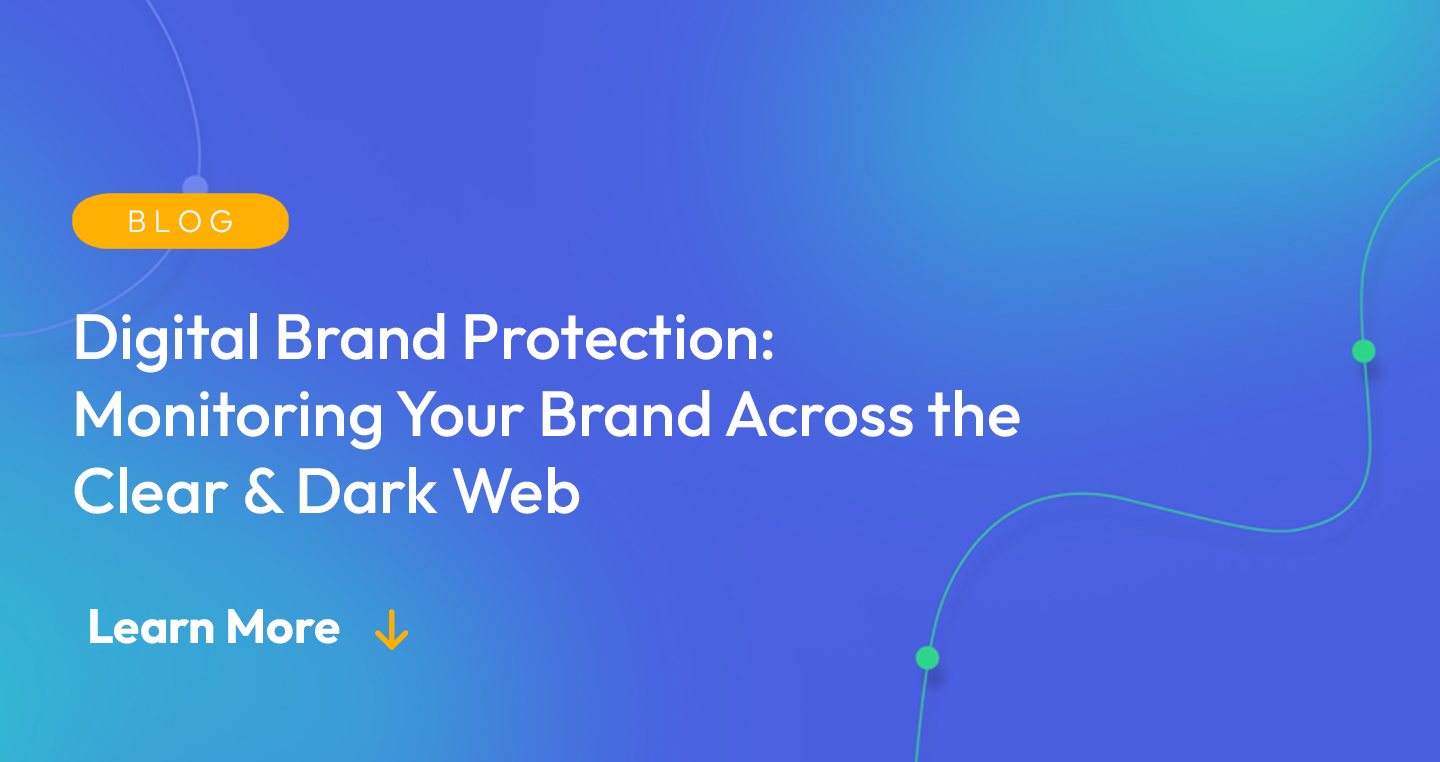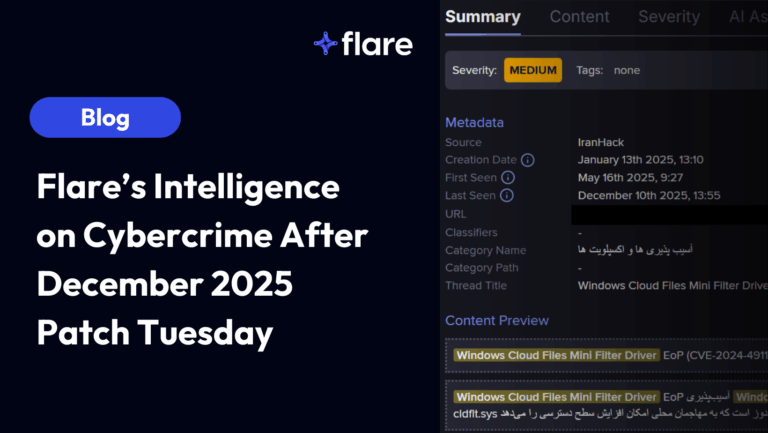
Whether it’s trademark infringement, counterfeit goods, data breaches, or damaging chatter in the dark corners of the internet, these threats can seriously undermine your brand’s integrity and bottom line. Vigilant and comprehensive digital brand protection strategies are an absolute necessity.
Wherever it appears, your digital brand should remain secure, credible, and trustworthy.
Understanding the Importance of Digital Brand Protection
In the digital age, your brand’s reputation is more vulnerable than ever. With consumers flocking to the online realm for purchasing decisions, reviews, and brand experiences, safeguarding your brand’s digital identity is of utmost importance. Digital brand protection is no longer a choice, but an essential strategy for any business looking to thrive in the digital economy.
What is Digital Brand Protection?
It involves a comprehensive suite of strategies and actions aimed at protecting a brand’s online identity, reputation, and value from various digital threats. This encompasses a wide array of potential harms, including:
- Intellectual property theft
- Phishing attacks
- Counterfeit product listings
- Brand impersonation
- Damaging online content
3 Reasons Why Digital Brand Protection is Important
The importance of digital brand protection extends far beyond safeguarding the brand’s image.
1. Improved Customer Trust and Loyalty
Consumers are assured of their safety when interacting with your brand online. It can also secure your revenue stream by thwarting counterfeiters and unauthorized sellers who divert potential sales away from your legitimate channels.
2. Compliance with Regulatory Requirements
Non-compliance can lead to hefty fines and legal complications, not to mention the potential reputational damage.
3. Valuable Insights into Brand’s Digital Exposure
By constantly monitoring your online presence across various digital landscapes—including the clear & dark web—you gain a better understanding of:
- How consumers perceive your brand
- The threats it faces
- How to enhance your digital strategy to foster growth and resilience
In the next sections, we will delve into the specifics of brand monitoring on the clear & dark web, exploring the unique challenges each landscape presents and the strategies you can employ to protect your brand across these domains.
Exploring Threats to Your Brand on the Clear Web
The clear web constitutes the part of the internet that is indexed by search engines and openly accessible to the general public. While it is essential for companies to have a strong presence on the clear web, it also exposes them to a range of brand-related threats.
Let’s examine some of the most common threats to your brand on the clear web.
Counterfeit Products and Unauthorized Selling
With the proliferation of e-commerce platforms, counterfeit products and unauthorized selling have become significant threats to brands. Unscrupulous sellers may exploit your brand’s reputation, selling imitation products under your brand name, leading to lost sales and reputational damage.
Brand Impersonation and Phishing
Cybercriminals often impersonate brands to trick consumers into revealing sensitive data, like login credentials or credit card details. This tactic, known as phishing, can lead to significant financial loss for consumers and damage the trust they have in your brand.
Trademark and Intellectual Property Infringement
The online world is ripe with instances of trademark and intellectual property infringement, which can dilute your brand value. This could involve other companies using similar logos, slogans, or brand names, or illegally sharing your copyrighted material.
Defamatory Content and Negative Reviews
In today’s digital landscape, a single negative review or damaging blog post can rapidly go viral, causing considerable harm to your brand reputation. While genuine customer feedback should always be addressed, instances of false negative reviews or defamatory content require immediate action to minimize potential harm.
Data Breaches
Data breaches involving customer information can inflict severe damage to a brand’s reputation. In an era where data privacy is highly valued, any perceived negligence in data security can lead to a loss of customer trust and legal repercussions.
Ad Fraud
In the realm of online advertising, ad fraud, including domain hijacking and click fraud, can lead to wasted marketing spend and distorted analytics, affecting your brand’s online strategy and ROI.
Fraudulent Deepfakes & AI Evolution
AI continues to evolve, and though there are helpful use cases for it, including in cybersecurity, manipulating it can become dangerous. Deepfake content refers to a form of AI that creates convincing videos, images, and sounds. For example, this is a more lighthearted deepfake content of an AI-generated voice of Johnny Cash covering Taylor Swift’s “Blank Space.” However, deepfake videos could propel misinformation, for example, if it portrays a trusted leader stating something false.
Monitoring and mitigating these threats requires a robust digital brand protection strategy, combining proactive measures like trademark registration and secure data handling, with reactive strategies such as swift action against counterfeiters and defamatory content. Tools and services that provide automated monitoring of the clear web can play a crucial role in detecting threats early and protecting your brand reputation.
Navigating the Dark Web for Brand Monitoring
While the clear web presents its own set of brand-related threats, the dark web adds another layer of complexity to digital brand protection. This portion of the internet, inaccessible through standard browsers and unindexed by search engines, serves as a hotbed for illicit activities, including cybercrime and identity theft.
Stolen Information
One of the main threats to brands on the dark web comes from the sale of stolen data. Cybercriminals often sell personal information, including login credentials, credit card details, and other sensitive data, that they have harvested through data breaches.
This information can be used to commit
- Identity theft
- Financial fraud
- Targeted spear phishing attacks
These can damage your brand’s reputation and erode customer trust.
Dark Web Forum Hacking Strategy Sharing
Dark web forums often host detailed discussions and tutorials on hacking strategies and exploits, including those specifically targeted at certain organizations or software. These forums can provide early indications of planned attacks against your brand or vulnerabilities in software that your organization uses.
Counterfeit Goods and Intellectual Property
High-quality counterfeits or stolen digital products, like software or media content, can be found on numerous dark web markets, causing revenue losses and damaging your brand’s image.
Given the concealed nature of the dark web, monitoring your brand’s presence and protecting it from threats becomes challenging. However, it’s not an insurmountable task. Specialized cybersecurity firms and advanced threat intelligence platforms can delve into the dark web, identify potential threats, and provide actionable insights.
These solutions leverage technology like web crawlers, machine learning, and artificial intelligence to scan dark web markets, forums, and private networks, identifying instances where threat actors mention your brand or sell your data.
By proactively monitoring the dark web, your organization can get ahead of potential threats, mitigate risks, and take the necessary steps to protect your digital assets and brand reputation.
Navigating the dark web for brand monitoring can be a powerful element of a comprehensive digital brand protection strategy.
Strategies for Effective Brand Protection Across Both Web Landscapes
Ensuring brand protection across both the clear web and the dark web is a multifaceted process, necessitating a strategic approach that integrates technology, people, and processes. Let’s explore several effective strategies your organization can adopt to safeguard its digital presence and reputation across both these landscapes.
1. Leverage Advanced Cyber Threat Intelligence Platforms
A cyber threat intelligence platform can be an invaluable asset in your digital brand protection strategy. Such platforms can scan, analyze, and monitor data across the clear web, deep web, and dark web, enabling you to detect potential threats against your brand promptly.
These platforms also utilize machine learning and AI to analyze patterns and predict potential risks, helping your organization stay a step ahead of malicious actors.
2. Establish a Robust Digital Asset Management System
Managing your digital assets effectively is key to preventing unauthorized use and protecting your brand’s image. Implement a system that keeps track of where and how your digital assets are in use online, including:
- Logos
- Images
- Videos
- Copyrighted content
Regular audits can help ensure your assets are used appropriately and help identify any potential intellectual property infringements.
3. Implement Strong Data Security Measures
The best way to prevent your customer’s data from being sold on the dark web is to protect it from breaches in the first place. Implementing robust data security measures can significantly reduce the risk of data breaches:
- Encryption
- Multi-factor authentication
- Secure password policies
- Regular security audits
4. Monitor Social Media and Online Discussions
Online discussions, social media, forums, and review sites on the clear web can be breeding grounds for brand impersonation, defamation, and false information. Monitoring these platforms for mentions of your brand can help you detect potential issues early, allowing you to respond promptly and appropriately to protect your brand reputation.
5. Regularly Update and Patch Systems
Exploits and vulnerabilities in your software and systems can be discussed and traded on the dark web. Keeping your systems up to date with the latest patches and updates can help close these vulnerabilities and prevent potential attacks.
6. Engage Legal Assistance
In the event of brand impersonation, copyright infringement, or the unauthorized use of your digital assets, legal action may be necessary. Collaborate closely with your legal team or advisor to understand your options and take the necessary actions to protect your brand.
By integrating these strategies into your digital brand protection plan, your organization can establish a proactive and comprehensive approach to safeguarding its digital assets and reputation on both the clear web and the dark web.
Digital Brand Protection with Flare
The Flare Threat Exposure Management (TEM) solution empowers organizations to proactively detect, prioritize, and mitigate the types of exposures commonly exploited by threat actors. Our platform automatically scans the clear & dark web and prominent threat actor communities 24/7 to discover unknown events, prioritize risks, and deliver actionable intelligence you can use instantly to improve security.
Flare integrates into your security program in 30 minutes and often replaces several SaaS and open source tools. Learn more by signing up for our free trial.





